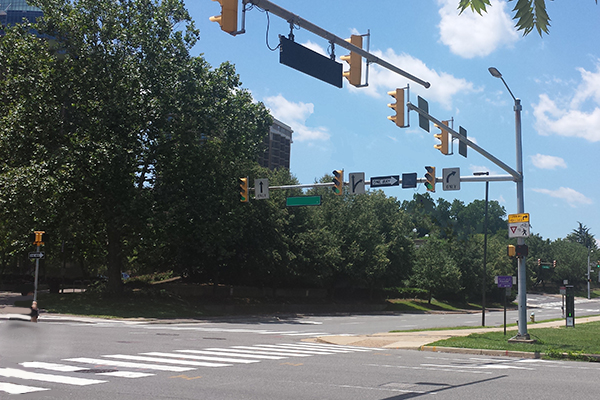Signal Phase Diagrams and Timing Sheets Help Identify Cause of Collision

An early morning intersection collision involved two semi-tractors. Both parties testified as having a green light. The intersection was controlled by three-phase traffic signals. There were no independent eye-witnesses, so the phase diagram, timing sheets and maintenance records were used to determine the correct signal phase intervals at the time of collision. The timing sheets provided the duration of the yellow, red and all-red intervals. Furthermore, this information confirmed, in the absence of any other vehicles or pedestrian traffic, the plaintiff had a green interval during the approach to the intersection. But, was the defendant close enough to the intersection for detection cameras to place a call to the signal controller, and would this effect the corresponding interval colors at impact?
The collision reconstruction determined an approach speed for the defendant’s semi-tractor. While video cameras serve to detect approaching vehicle traffic in all directions, it was unknown at what distance vehicles could be detected. On-site testing was conducted to determine detection distance of the defendant’s semi-tractor. Based on the determined defendant’s approach speed and detection distance, it was conclusively shown that the defendant could not have entered the intersection during the green interval, i.e., the defendant had caused the collision by entering the intersection during the red interval.
Issues/ Parameters Determined:
- Approach Speed/Distance
- Phase Diagram/Timing Sheets
- Vehicle Detection Circuits/Detection Distance
- Correct Identification of Signal Phase Intervals at Time of Collision

